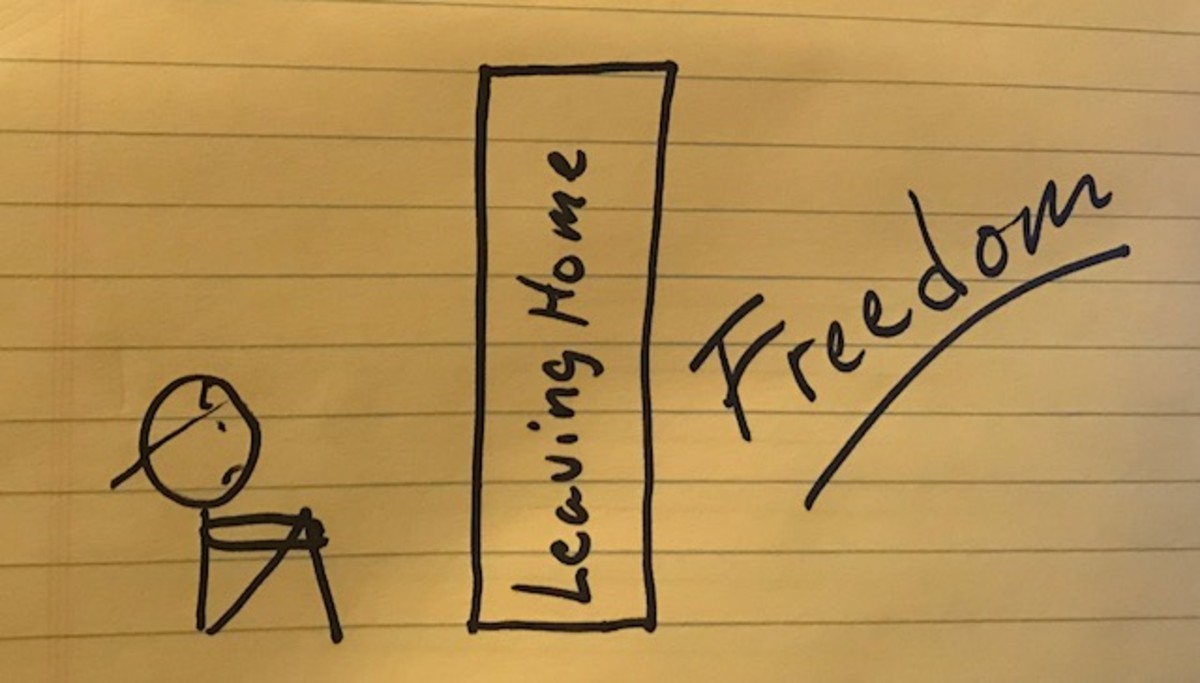Help! My Girl Plays Like a Boy
It is perfectly normal for young children to vary widely in their play styles. Some young girls enjoy more stereotypical play of dress-up and dolls, while others are more active and outgoing and prefer an active play style more similar to that of boys. Regardless of how your daughter plays, it is important to keep in mind that true gender identity disorders are rare, and that in most cases what your daughter is doing is perfectly normal, known as cross-gender play.
What is Cross-Gender Play?
Cross-gender play is exactly what it sounds like: play that crosses the stereotypical gender lines. Girls who spend the majority of time running / kicking / throwing with boys, who prefer cars and blocks, and who avoid dress-up / cooking / dolls are engaging in cross-gender play. This is a very normal type of play that occurs as children begin to notice the differences between male and female activities, or when girls are simply more active and outgoing.
Reasons for Cross-Gender Play
The most common reason for a girl to engage in this type of play is simply her personality. Some girls are born with stronger, more active personalities and they prefer to play in an active and / or assertive style. There is nothing wrong with this. Many successful women never played like “girls”. In reality, how a little girl plays has very little bearing on her adult functionality and socialization.
Another reason is that she is focused on developing her gross-motor skills. Children develop 3 major types of skills throughout childhood- gross motor, fine motor, and cognitive. These skills build together, but children often go through periods of intense focus on one area over another. In this case, your daughter may simply be really working on learning to run, kick, throw, and compete with others.
Another reason is environment. Girls who are exposed to many boys, who have many traditionally boy or gender neutral toys, and who have very strong or prominent male role-models will often engage in stereotypically masculine play. In this case, your daughter is simply playing what she sees. Children often process their lives through play, so in this case, she is simply re-enacting what she sees but does not fully understand. In this case, simply providing her more access to female-oriented play may shift her focus.
What Can You Do?
If you are still concerned or unsure about your daughter’s play, try playing with her. In doing this, you can talk with her about why she plays this way. Doing so may help you isolate the reason for her play and help shape her play or provide more opportunities to explore different types of play.
Another thing to do is simply be happy that you have an outgoing and confident little girl. Encourage her play, sign her up for sports, gymnastics, and other activities, and watch her grow and develop.








